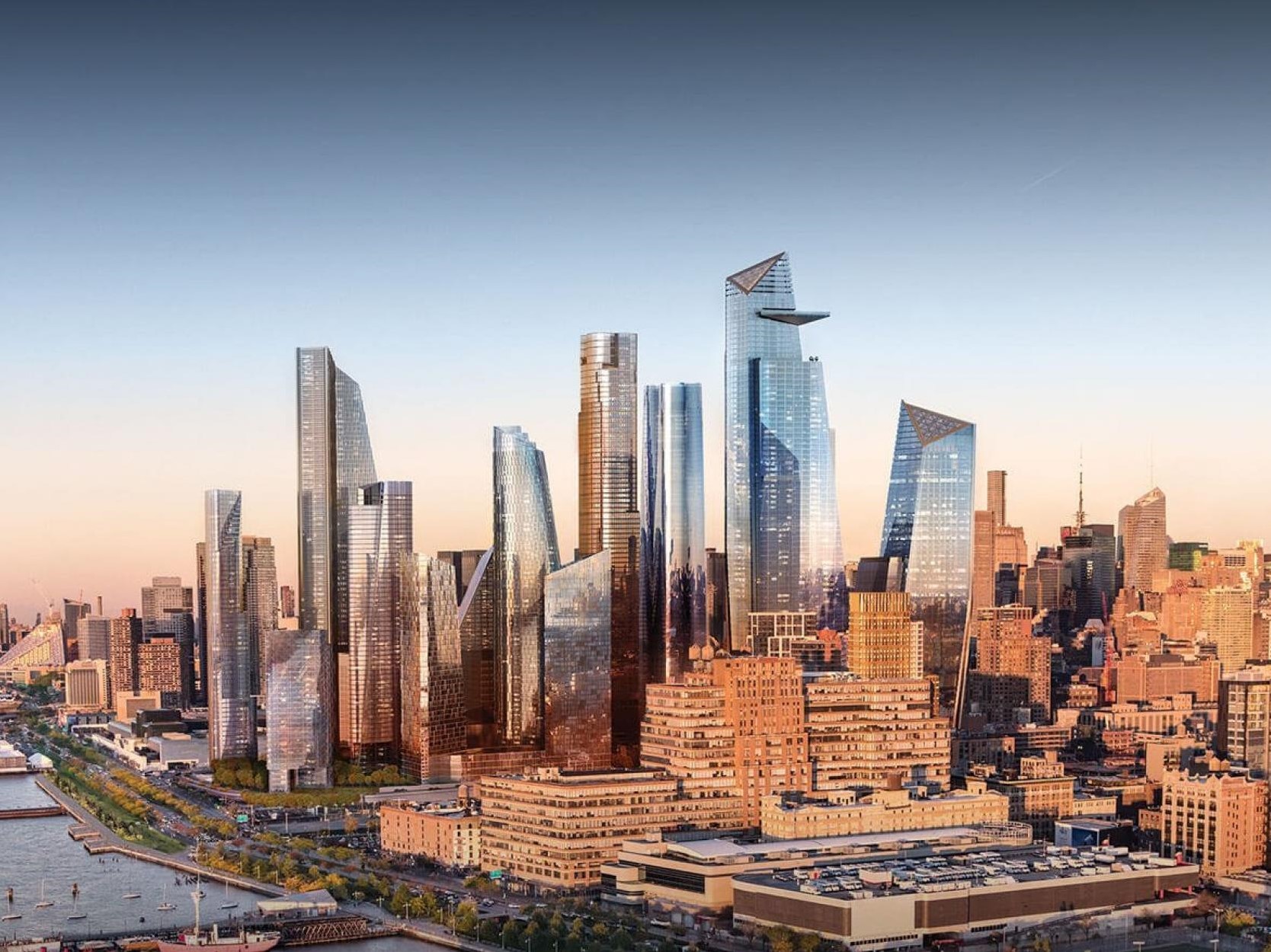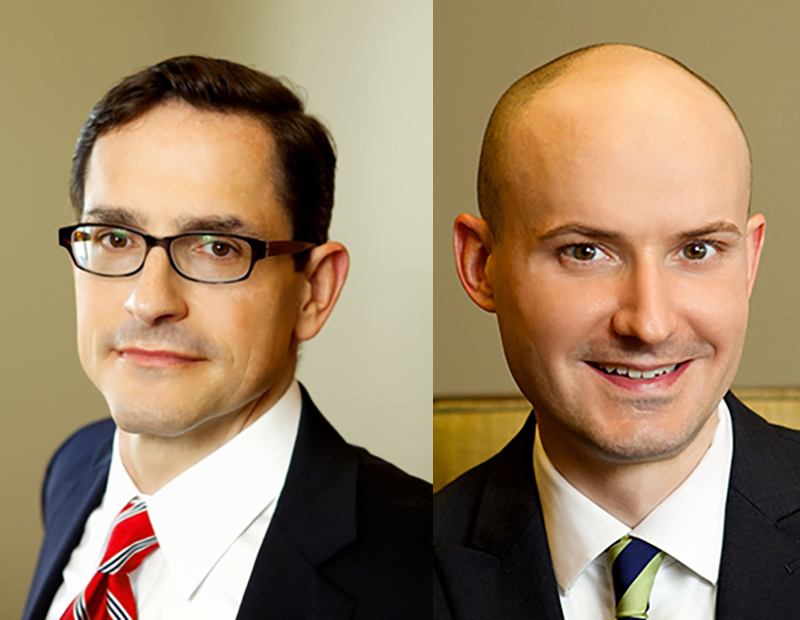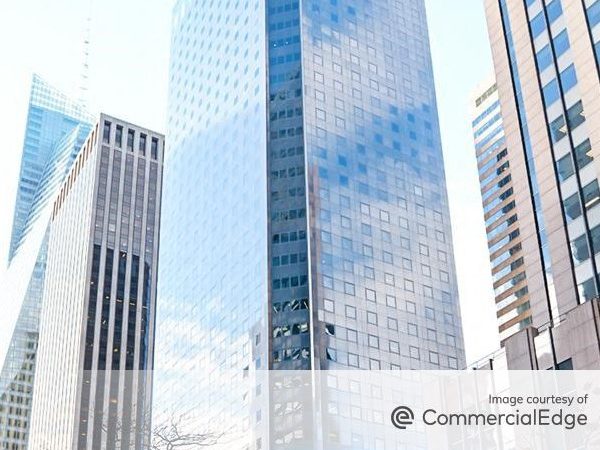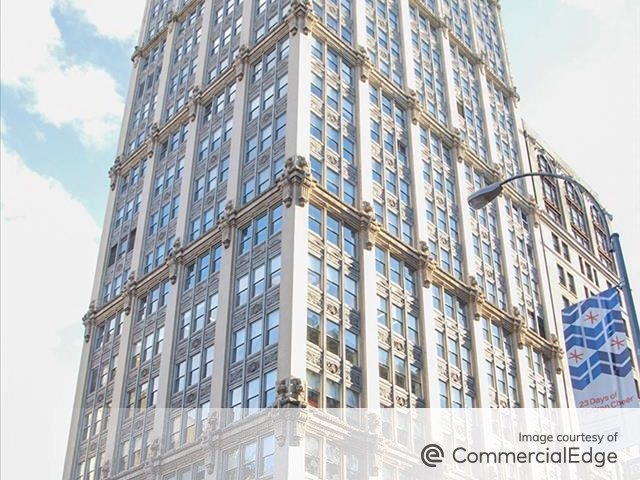Hudson Yards’ First Phase Earns LEED ND Gold
The LEED Neighborhood Development Gold certification, the first in Manhattan, was awarded for the residential, commercial and mixed-use buildings, as well as infrastructure and green spaces.
Hudson Yards’ Eastern Yard has been awarded the LEED Neighborhood Development Gold certification, becoming the first neighborhood in Manhattan to receive the designation. The portion is the first phase of the larger Related Cos. and Oxford Properties Group project, which opened in March 2019.
The certification encompasses the residential, commercial and mixed-use buildings, platform infrastructure and Public Square and Gardens. In 2018, the 1.8 million-square-foot 10 Hudson Yards received LEED Platinum certification, marking the first commercial office building in New York to achieve USGBC’s highest rating.
READ ALSO: NYC’s 10 Hudson Yards Achieves LEED Platinum Status
Sustainable infrastructure
The sustainable features that brought Eastern Yard the recognition include a microgrid with two cogeneration plants that offset 25,000 metric tons of carbon dioxide equivalent greenhouse gases, equal to the annual emissions of 5,100 cars. Another key component is the stormwater reuse system, which collects rainfall from rooftops and public spaces and stores it in a 28,000-gallon tank that forms the base of the neighborhood. This water is used to irrigate more than 200 mature trees and 28,000 plants in the public park, as well as in mechanical systems to conserve potable water, reducing the stress on the city’s sewer system.
The Public Square and Gardens at Hudson Yards is New York City’s smartest park and features a layered approach to root growth, nutrient delivery, temperature regulation, irrigation and drainage, making it possible to grow 200 mature trees over an active railyard. Moreover, the varied horticultural experience and nearly a mile of garden seating walls provide an urban oasis for more than 225 types of bees, butterflies and other pollinators threatened by habitat loss and climate change.
Upon completion, Hudson Yards will include more than 1,000 units of newly created or preserved affordable housing along with tens of thousands of jobs within its commercial and business space. The development is estimated to bring nearly $19 billion annually into the city’s economy and generate $1 billion in city and state tax revenue.








You must be logged in to post a comment.